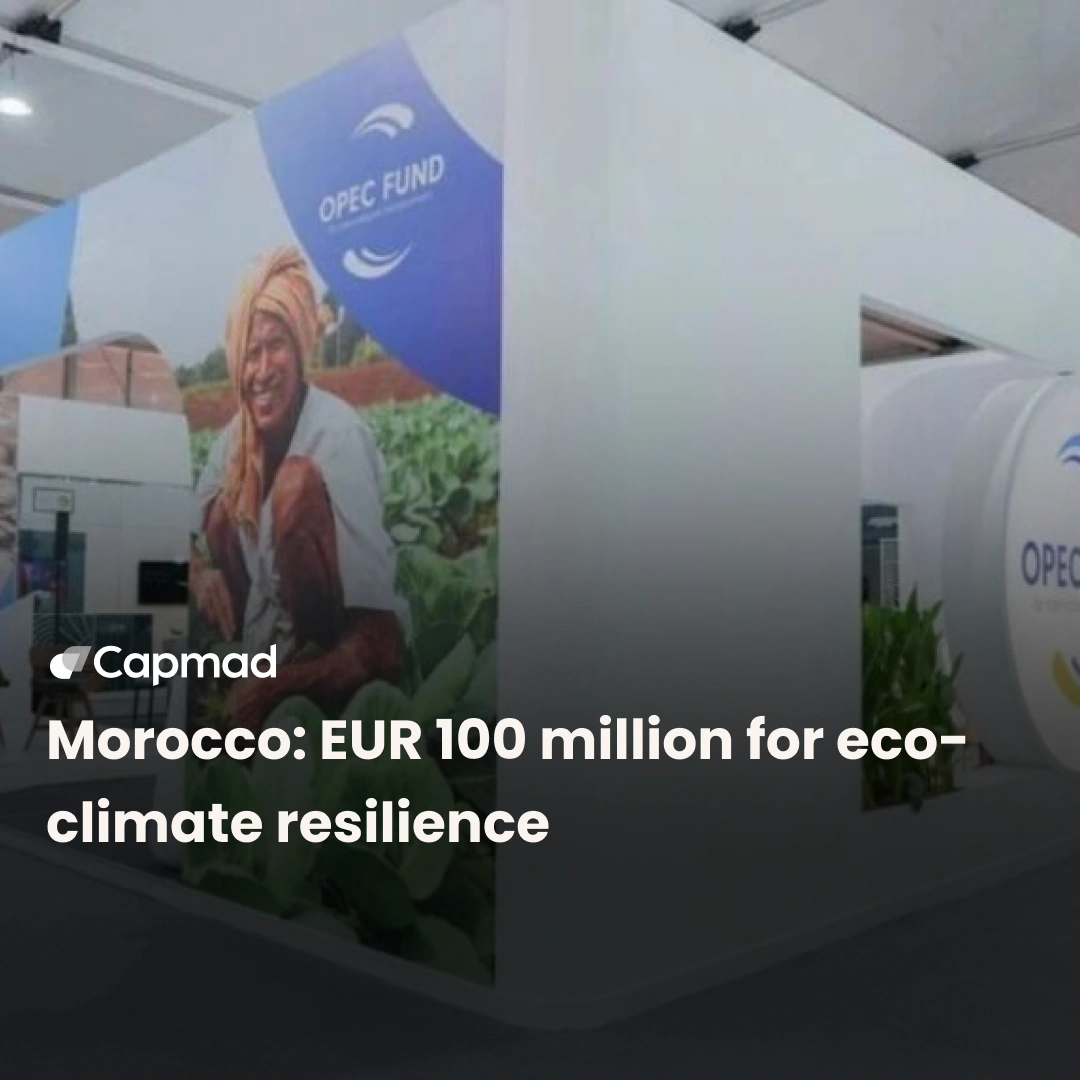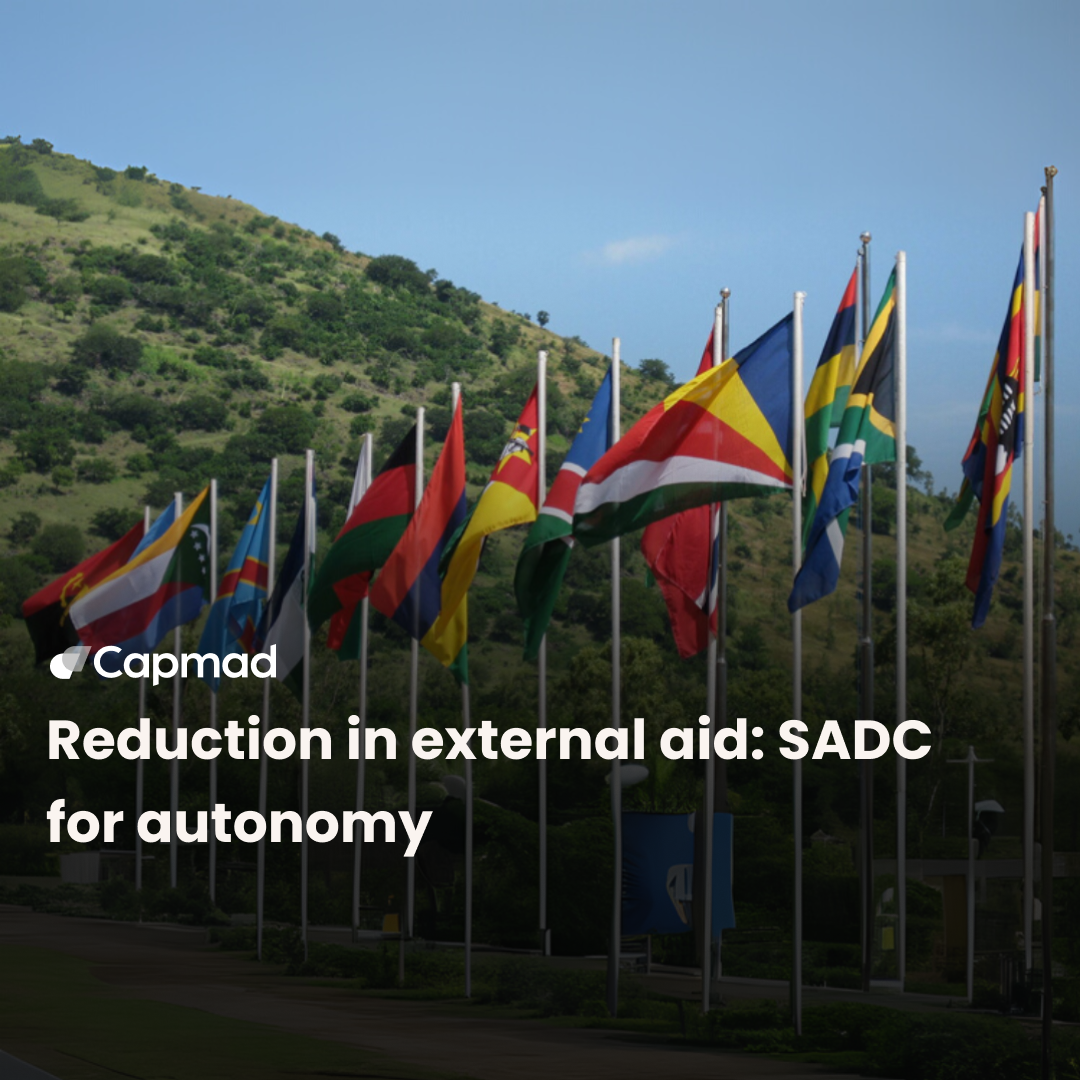The United States announced on July 31, 2025, the introduction of new tariffs on imports from 20 African countries, including South Africa. This measure is part of an American trade policy aimed at reducing what it deems “unsustainable” trade deficits by increasing customs duties on certain imported products.
A 30% Surcharge Specifically for South Africa
South Africa, which exports to the United States minerals such as platinum and diamonds, as well as cars and agricultural products, will face a surcharge rate of 30% on these exports. This rate is one of the highest among Sub-Saharan African countries and will particularly affect key sectors of the South African economy.
Economic and social Impacts for South Africa
The increase in U.S. tariffs worries South African authorities, who estimate that this measure could cost up to 100,000 jobs in a country where the unemployment rate already exceeds 30%. The government also anticipates a negative impact on economic growth, estimated at a 0.2% drop in GDP, while growth was already at a low in the first quarter of 2025.
Reactions and Strategies from South Africa
In response, South Africa is developing a strategy to diversify its export markets. President Cyril Ramaphosa announced the creation of an assistance office to help exporters explore new opportunities in Africa, Asia, and the Middle East. The country also aims to strengthen intra-African trade, notably through the continental free trade area.
The government has also proposed importing liquefied natural gas (LNG) and certain agricultural products from the United States, while facilitating American products’ access to the South African market, as part of a broader cooperation approach despite trade tensions.
Political and Commercial Context
This decision comes amid tense diplomatic relations between Washington and Pretoria. The tariffs imposed by the decree signed by Donald Trump will apply from August 7, 2025. They are part of a more aggressive U.S. policy to rebalance global trade exchanges, with tariffs that may reach up to 50% on some other African countries such as Lesotho.
Consequences for the Global Market of Diamonds and Minerals
South African diamonds, historically exported to the United States, could see their competitiveness affected by these tariffs. This sector, important for the South African economy, risks becoming more fragile, exacerbating structural challenges already faced by the country.






